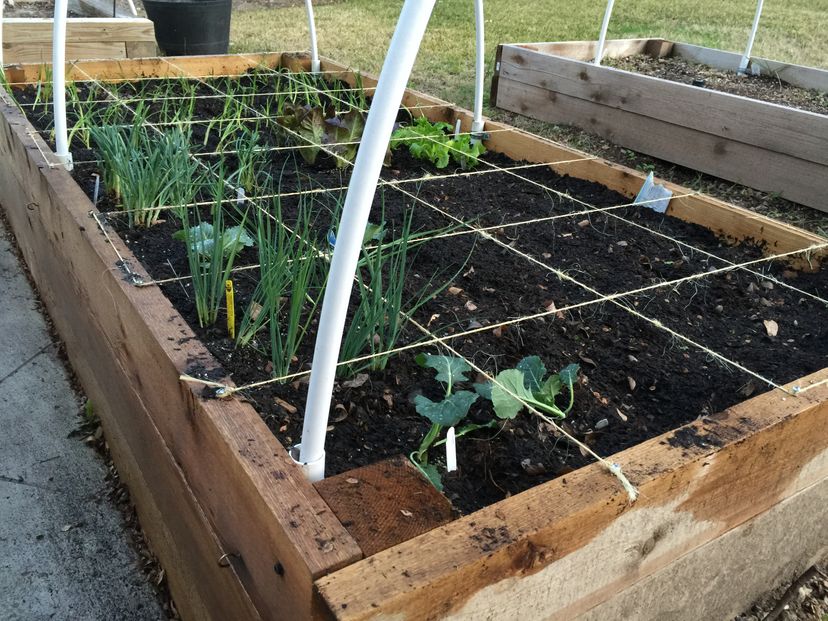A garden is a planned space, usually outdoors, set aside for cultivation, display, and enjoyment of plants and other forms of nature. A garden can be modern and rely on technology or organic and eco-friendly.
Vegetables grow at different rates, and they all need to be harvested at the right time for optimal flavor. A good place to start is a soil test.
As with any systematic approach created by an engineer and efficiency expert, there are specific steps to putting together your square foot garden.
Step 1: Choose a Location
As with any garden, the first step involves finding a spot that gets at least six hours of sunlight per day, preferably in the morning and early afternoon when the sun is not as hot. You will also want to consider availability of a water source, as well as general accessibility. One great thing about the SFG system is that a bed can be set up on a table or in a raised bed for those who have trouble squatting and bending — they can even be made wheelchair accessible!
Advertisement

Wikimedia Commons (CC BY-SA 4.0)
Step 2: Build Your Beds
Next, it’s time to create some raised beds made of whatever material you choose, from corrugated metal to lumber. These beds are typically 4 x 4 feet (1.2 x 1.2 meters) and between 6 and 12 inches (15 and 30 centimeters) deep, and all SFG beds have a lattice of 12 inch (30 centimeter) squares placed over them to visually separate the crops.
Step 3: Fill the Beds With Soil
Soil is very important to the SFG system — Bartholemew even claimed that it was the most important part of the method. A ration of one-third compost to coarse vermiculite to peat moss creates soil that feeds your plants, retains the right amount of moisture and creates a loose medium for your plants to grow healthy root systems. Once you’ve made your soil mix, fill the beds to the brim and tap it down lightly — it’s important not to walk on your soil once it’s in the beds!
Step 4: Plant Your Veggies
When planting a SFG, spacing of plants is important but very easy. One sector of a SFG can usually accommodate one larger plant like a tomato, pepper or eggplant; four medium-sized plants like lettuce or herbs; or nine smaller plants like radishes, carrots or onions. In some cases, as with microgreens, a square might accommodate 16 plants. There are a few plants like squash, asparagus and cabbage that take up more than one square, and climbing plants like peas and beans may be planted in two small rows of four plants per square.
Advertisement
Source: home.howstuffworks.com

Leave a Reply